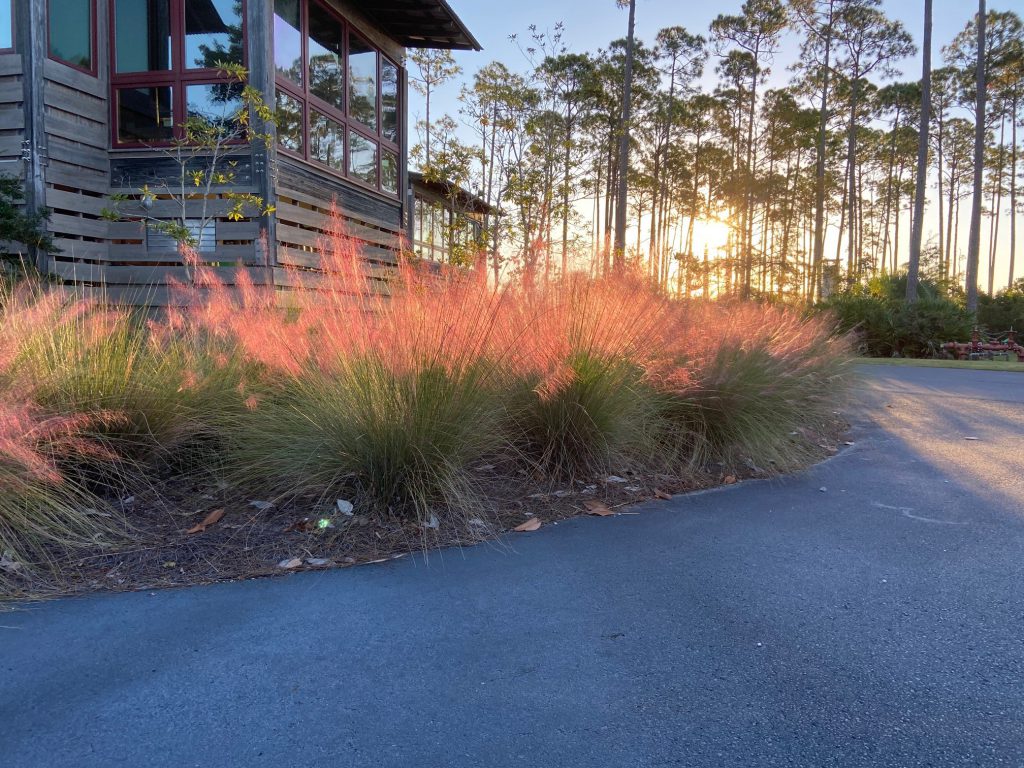The interest and use of native plants in the landscape in Florida and the southeastern U.S. has increased significantly over the last 20 plus years. There are many benefits for including them in our landscapes including creating a wider biodiversity and enjoying the multitude of support for butterflies, wildlife, and unique color displays.
Choosing the plant species that works in landscape sites requires a few considerations like being adaptable to the site conditions, soil type and preparation, understanding the plant establishment needs, and finding plants regionally to your area.
Develop a landscape plan that includes addressing soil and site preparation as many landscape sites are altered during the construction phase with the soil being drastically changed. In Florida many sites need soil backfill to raise the elevation for buildings, drive or parking areas to remain above flood challenges. Choosing the right plant for the right place will need to include understanding the plants’ growing environments. Do the plants perform best in well-drained drier areas or moister situations with slight flooding tolerances? Native plants have acclimated to specific soil settings over thousands of years. When selecting the plants for your landscape, perform a site analysis with soil texture, drainage, soil pH, hours of direct intense sun or shade in the growing season, air circulation in the growing area, and growing space available. Doing your homework first can save a lot of money and frustration later. Visit the local nurseries to see plant availability. Just remember many landscape settings do not always match the natural habitats where many of these plants are established in nature.
Soil amendments will likely be needed to improve the soil conditions and provide optimal plant establishment and performance. Most often the soil that brought in is sandy and nutrient poor with little to no organic matter. In addition, the soils are compacted by heavy equipment during the construction phase. These factors can create native plant challenges leading to poor growth and shortened plant life spans. When the soils have been addressed according to plant needs the selected plants can be placed and the fun part begins by following the landscape plan.
With the landscape conditions likely altered with amendments, choose plants that can establish and grow successfully in these often more difficult conditions. Florida red maples (Acer rubrum), Live Oaks (Quercus virginiana) and Sand Live Oaks (Quercus geminate) all can provide shade areas for future plantings. Butterflies attach to and feed on butterfly weed (Asclepias tuberosa) and swamp milkweed (Asclepias incarnata). Butterfly weed does well in well-drained sandy soils and swamp milkweed likes it moist. These are just a few of the many plants out there to consider. Just remember to visit your local nurseries and talk with them about native plants and availability. Enjoy your gardening adventure.
- Deer Damage in the Landscape - February 22, 2024
- Gardeners: A Critical Link to Protecting Our Water - January 18, 2024
- Propagating Plants by Leaf and Cane - December 14, 2023


